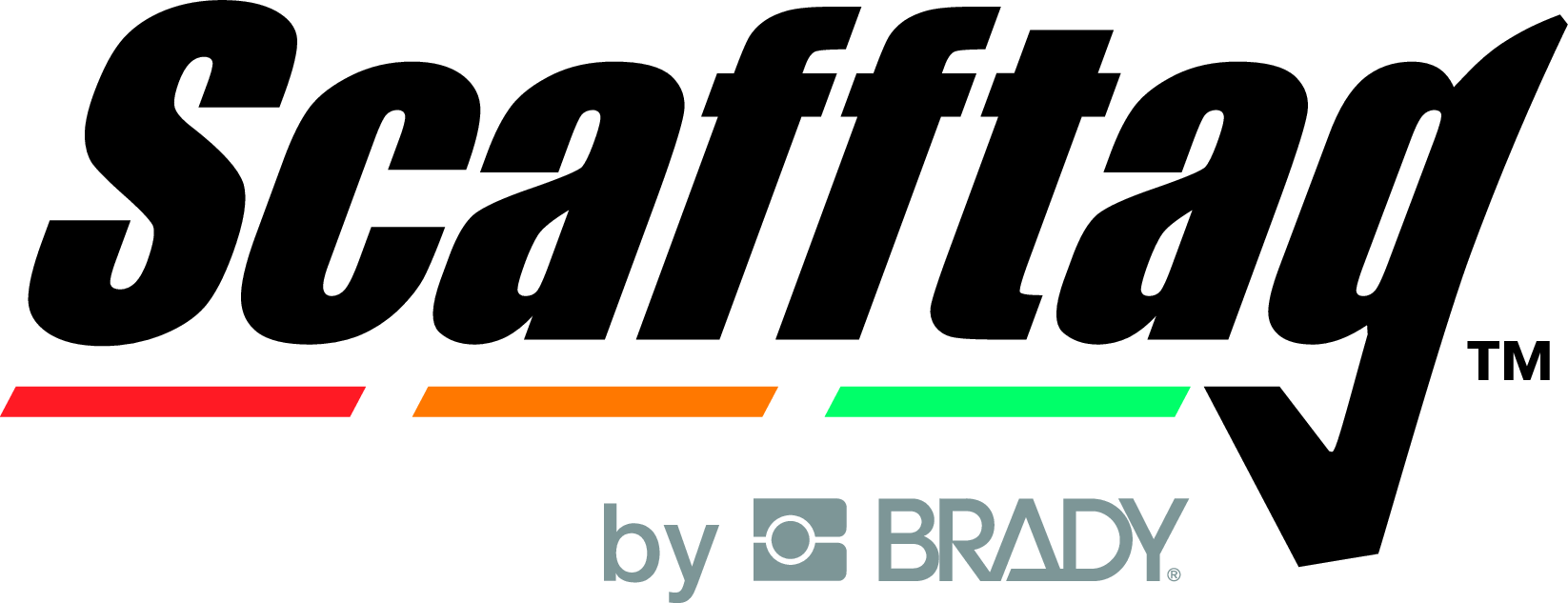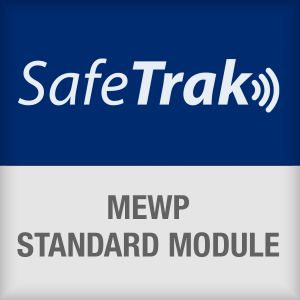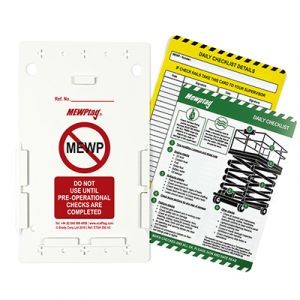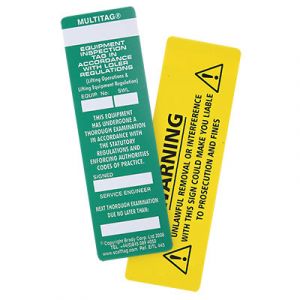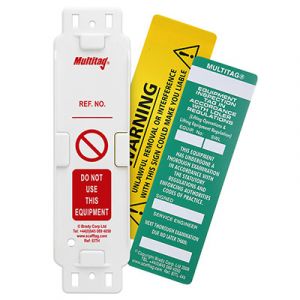Access equipment inspection guidance
How to do access equipment inspection?
For projects involving working at height, a risk assessment should be completed to determine the appropriate equipment and provide guidance on inspection. This risk assessment should also be provided to contractors before any work commences. Selection of the equipment should take into account a range of factors such as ground conditions, duration and frequency of use and additional risks posed by use, installation and removal of the work equipment.
Equipment used for lifting people such as MEWPs (Mobile Elevating Work Platforms), cherry pickers, booms and scissor lifts must be marked accordingly and safe for such a purpose, i.e. all necessary precautions have been taken to eliminate or reduce any risk. Where appropriate, lifting equipment (including accessories) should be thoroughly examined before it is used for the first time and at least six-monthly or at intervals laid down in an examination schedule set by a competent person. All examination work should be performed by a competent person; and following a thorough examination or inspection of any lifting equipment, a report is submitted by the competent person to the employer to take the appropriate action.
Our recommnded actions
-
Conduct regular inspections of all access equipment, including ladders, scaffolds, and aerial lift platforms, to ensure they are in good working condition and meet OSHA requirements.
-
Inspect equipment for any visible damage or defects, such as missing or broken parts, worn or frayed ropes or cables, and corroded or rusted components.
-
Check for proper functioning of safety devices, such as guardrails, fall arrest systems, and safety harnesses.
-
Ensure that equipment is being used in accordance with the manufacturer's instructions and OSHA regulations.
-
Train workers on the proper use and care of access equipment, including how to identify and report any potential hazards or malfunctions.
-
Establish a regular schedule for equipment inspections and maintenance, and document all inspections and repairs.
-
Keep a record of all inspections and maintenance, including the date, equipment type, inspector's name, and any issues identified or repairs made.
-
Immediately remove any equipment that is found to be unsafe or defective from service until it can be repaired or replaced.
-
Ensure that equipment is clearly labeled with the manufacturer's name and model number, weight capacity, and date of last inspection.
-
In addition to regular inspections, ensure that equipment is inspected after any incident or accident and before any significant change in use or location.
